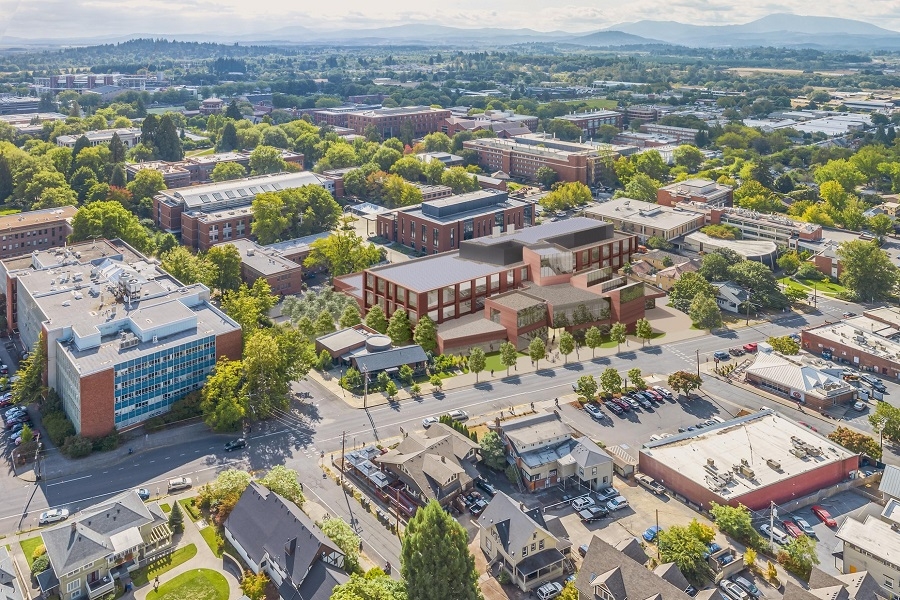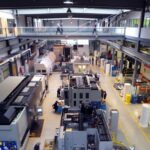The Jen-Hsun and Lori Huang Collaborative Innovation Complex will include a supercomputer and will focus on the semiconductor industry, artificial intelligence and robotics.
On Friday night, Oregon State University announced plans for a $200 million research and education center that which will focus on “team-based research in artificial intelligence, materials science and robotics” in order to solve global challenges in climate science, oceanography, sustainability and water resources.
The announcement follows a $50 million gift to the OSU Foundation from Jen-Hsun Huang, founder and CEO of NVIDIA, and his wife Lori, who met each other while undergraduates in OSU’s College of Engineering. The university has received an additional, anonymous $50 million gift for the center.
A press release from OSU says the school will also request $75 million in state funding during the 2023 Oregon legislative session in order to match philanthropic and university contributions for the collaborative innovation complex.
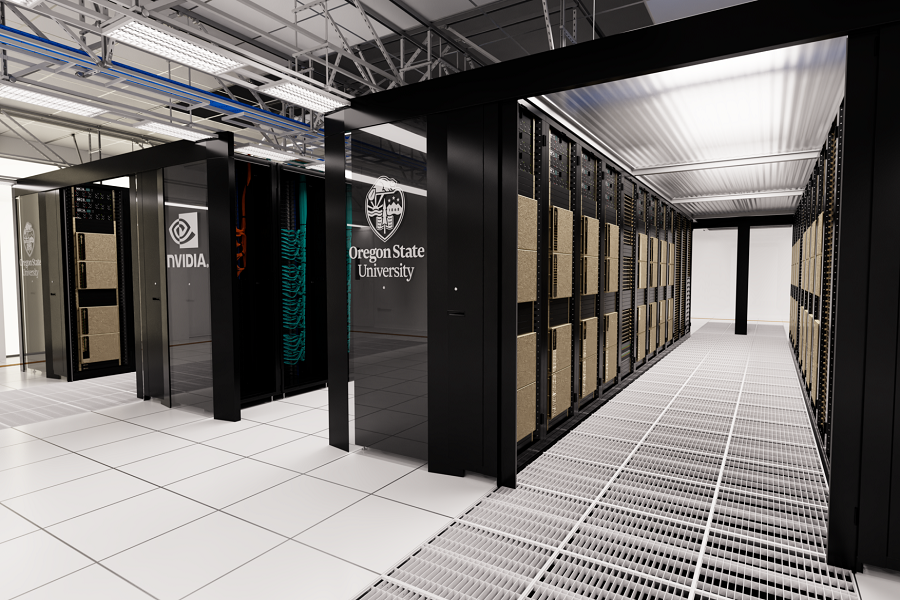
Artist’s rendering of the center’s NVIDIA supercomputer. Credit: Oregon State University.
The school is now engaged in a capital campaign to raise the remaining $25 million, President Jayathi Murthy announced Friday.
“It’s a very ambitious and modern platform on which we wish to build future research. The focus is really on things that are deeply important to our economy, all things climate, all things, sustainability, all things resilience. Research in these areas will be possible, based on the platforms that we’re building,” says Murthy, who adds the facility will greatly help support Oregon’s semiconductor industry.
The Jen-Hsun and Lori Huang Collaborative Innovation Complex is set to open its doors in 2025. The center will employ a NVIDIA supercomputer to support faculty in addressing complex and challenging computational problems.
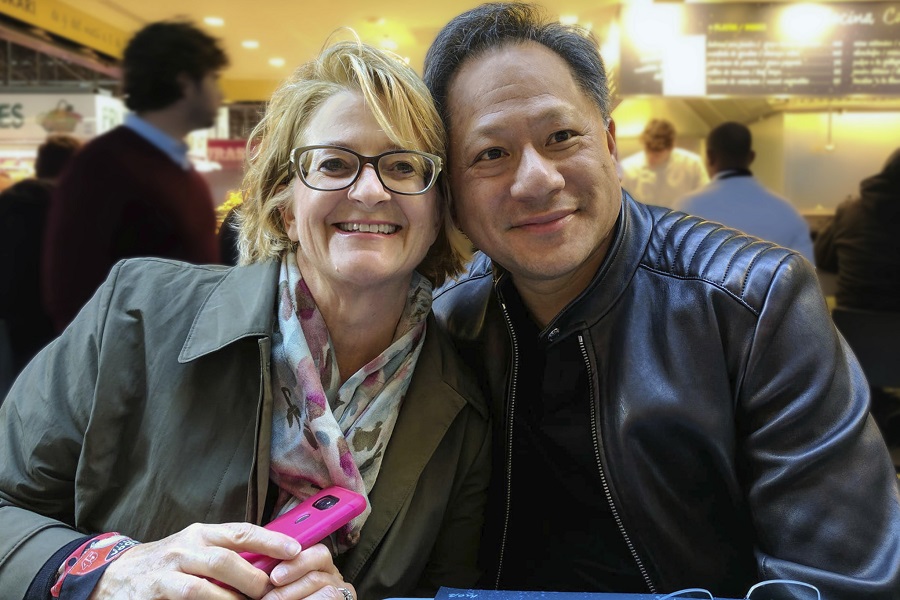
Jen-Hsun and Lori Huang. Credit: Oregon State University.
According to OSU’s press release, the center’s supercomputer will be among the world’s fastest , with enough power to train the largest AI models and perform complex digital twin simulations. The complex will also have a state-of-the-art cleanroom — a space with few airborne particles which is necessary for semiconductor research — and other specialized research facilities.
Murthy says climate science and climate solutions will be a big part of the center’s research, as the supercomputer will analyze forest and life science data.
Murthy also says a water recycling system — which will use the water used to recycle the supercomputer to provide steam heat for buildings on campus — is in the design stages.
Steve Clark, vice president of university relations and marketing, says the center and its supercomputer will be a “playground” for businesses large and small looking to use the center for research and development.
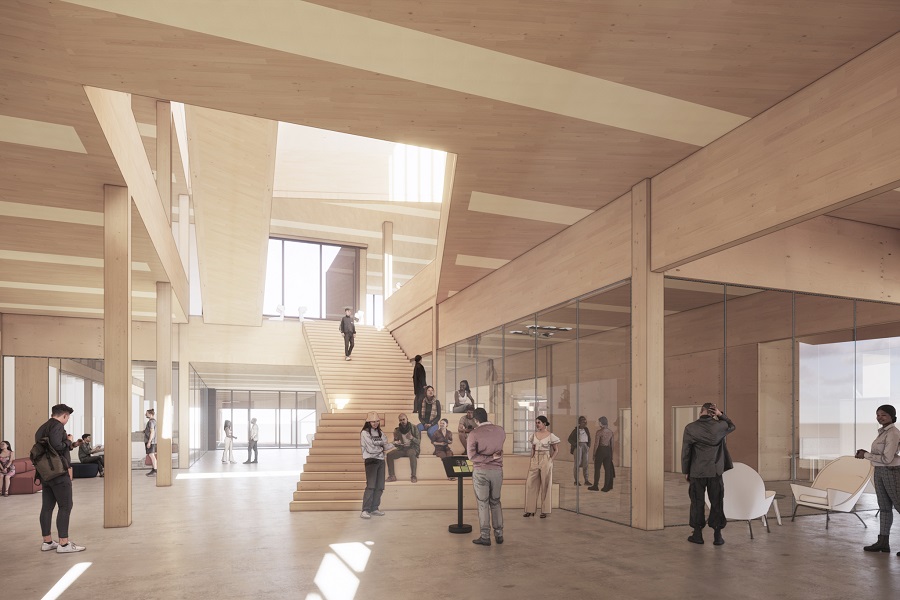
Artist’s rendering of the The Jen-Hsun and Lori Huang Collaborative Innovation Complex. Credit: Oregon State University.
Clark says the center will serve to strengthen Oregon’s domestic businesses and provide students with more employment opportunities after graduation.
A similar gift from Huang launched a an engineering innovation center at Stanford University in 2010.
“The semiconductor industry is a very important component of Oregon business, and the CIC will support this question as well. We’re hoping that by expanding research in these fields, we will grow employment, we will provide expertise PhD students, undergraduate students, and through science actually advance all the things that are important to our society,” says Murthy.
“It’s no secret that advanced computer chips are the linchpin of the 21st century economy,” Sen. Ron Wyden (D-OR), who also serves on the state’s semiconductor task force, said in OSU’s press release. “This state-of-the-art facility provides opportunity for Oregon State faculty and students to make generation-defining discoveries to push our tech industry forward.”
Gov. Kate Brown, who also serves on the task force, said in the press release that the collaborative innovation complex would “further enable OSU’s world-class researchers and facilities to address some of Oregon’s most pressing issues, including semiconductor research and development, climate change and public health.”
“The Jen-Hsun and Lori Huang Collaborative Innovation Complex and supercomputer will help OSU be recognized as one of the world’s leading universities for artificial intelligence and robotics,” Scott Ashford, dean of OSU’s College of Engineering, said in OSU’s release. “It will transform not only the College of Engineering, but the entire university, and have an economic and environmental impact on the state of Oregon and the nation.”
He said environmental and electronics researchers working in the complex may design sensors for use at sea or in forests to monitor hard-to-track endangered species and then use AI to analyze data gathered. Additionally, OSU faculty, along with collaborators from other universities, business and state and federal agencies, will pursue techniques in the center’s clean room for making computer chips. Robotics researchers and students will be able to use theater-aided simulations of drones and robots operating within real-world settings.
Murthy says the three-story, 150,000 square-foot center will partner with the school’s programmatic diversity, equity and inclusion efforts to get students of color interested in, and access to, the research happening at the facility.
“We are working with a design firm to actually embodied principles of inclusive design in the building itself, and driving collaborative spaces is in the architecture in the art that underlies the building,” says Murthy. “We are situated pretty close to the [Lonnie B. Harris Black Cultural Center] so they’re a part of the conversation, and they’re a part of that neighborhood as well.”
To subscribe to Oregon Business, click here.


